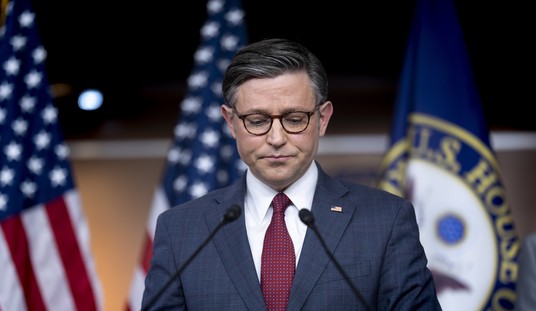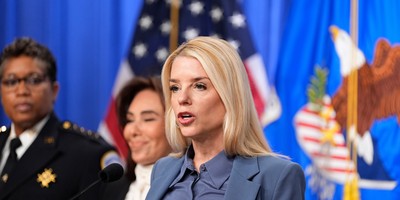WASHINGTON -- Like pebbles tossed into ponds, important Supreme Court rulings radiate ripples of consequences. Consider a 1971 Supreme Court decision that supposedly applied but actually altered the 1964 Civil Rights Act.
During debate on the act, prescient critics worried that it might be construed to forbid giving prospective employees tests that might produce what was later called, in the 1971 case, a "disparate impact" on certain preferred minorities. To assuage these critics, the final act stipulated that employers could use "professionally developed ability tests" that were not "designed, intended or used to discriminate."
Furthermore, two Senate sponsors of the act insisted that it did not require "that employers abandon bona fide qualification tests where, because of differences in background and educations, members of some groups are able to perform better on these tests than members of other groups." What subsequently happened is recounted in "Griggs v. Duke Power: Implications for College Credentialing," a paper written by Bryan O'Keefe, a law student, and Richard Vedder, a professor of economics at Ohio University.
In 1964, there were more than 2,000 personnel tests available to employers. But already an Illinois state official had ruled that a standard ability test, used by Motorola, was illegal because it was unfair to "disadvantaged groups."
Before 1964, Duke Power had discriminated against blacks in hiring and promotion. After the 1964 act, the company changed its policies, establishing a high school equivalence requirement for all workers, and allowing them to meet that requirement by achieving minimum scores on two widely used aptitude tests, including one that is used today by almost every NFL team to measure players' learning potentials.
Recommended
Plaintiffs in the Griggs case argued that the high school and testing requirements discriminated against blacks. A unanimous Supreme Court, disregarding the relevant legislative history, held that Congress intended the 1964 act to proscribe not only overt discrimination but also "practices that are fair in form, but discriminatory in operation." The court added:
"The touchstone is business necessity. If an employment practice which operates to exclude Negroes cannot be shown to be related to job performance, the practice is prohibited."
Thus a heavy burden of proof was placed on employers, including that of proving that any test that produced a "disparate impact" detrimental to certain minorities was a "business necessity" for various particular jobs. In 1972, Congress codified the Griggs misinterpretation of what Congress had done in 1964. And after a 1989 Supreme Court ruling partially undid Griggs, Congress in 1991 repudiated that 1989 ruling and essentially reimposed the burden of proof on employers.
Small wonder, then, that many employers, fearing endless litigation about multiple uncertainties, threw up their hands and, to avoid legal liability, threw out intelligence and aptitude tests for potential employees. Instead, they began requiring college degrees as indices of applicants' satisfactory intelligence and diligence.
This is, of course, just one reason why college attendance increased from 5.8 million in 1970 to 17.5 million in 2005. But it probably had a, well, disparate impact by making employment more difficult for minorities. O'Keefe and Vedder write:
"Qualified minorities who performed well on an intelligence or aptitude test and would have been offered a job directly 30 or 40 years ago are now compelled to attend a college or university for four years and incur significant costs. For some young people from poorer families, those costs are out of reach."
Indeed, by turning college degrees into indispensable credentials for many of society's better jobs, this series of events increased demand for degrees and, O'Keefe and Vedder say, contributed to "an environment of aggressive tuition increases." Furthermore they reasonably wonder whether this supposed civil rights victory, which erected barriers between high school graduates and high-paying jobs, has exacerbated the widening income disparities between high school and college graduates.
Griggs and its consequences are timely reminders of the Law of Unintended Consequences, which is increasingly pertinent as America's regulatory state becomes increasingly determined to fine-tune our complex society. That law holds that the consequences of government actions often are different than, and even contrary to, the intended consequences.
Soon the Obama administration will arrive, bristling like a very progressive porcupine with sharp plans -- plans for restoring economic health by "demand management," for altering the distribution of income by using tax changes and supporting more muscular labor unions, for cooling the planet by such measures as burning more food as fuel and for many additional improvements. At least, those will be the administration's intended consequences.

























Join the conversation as a VIP Member